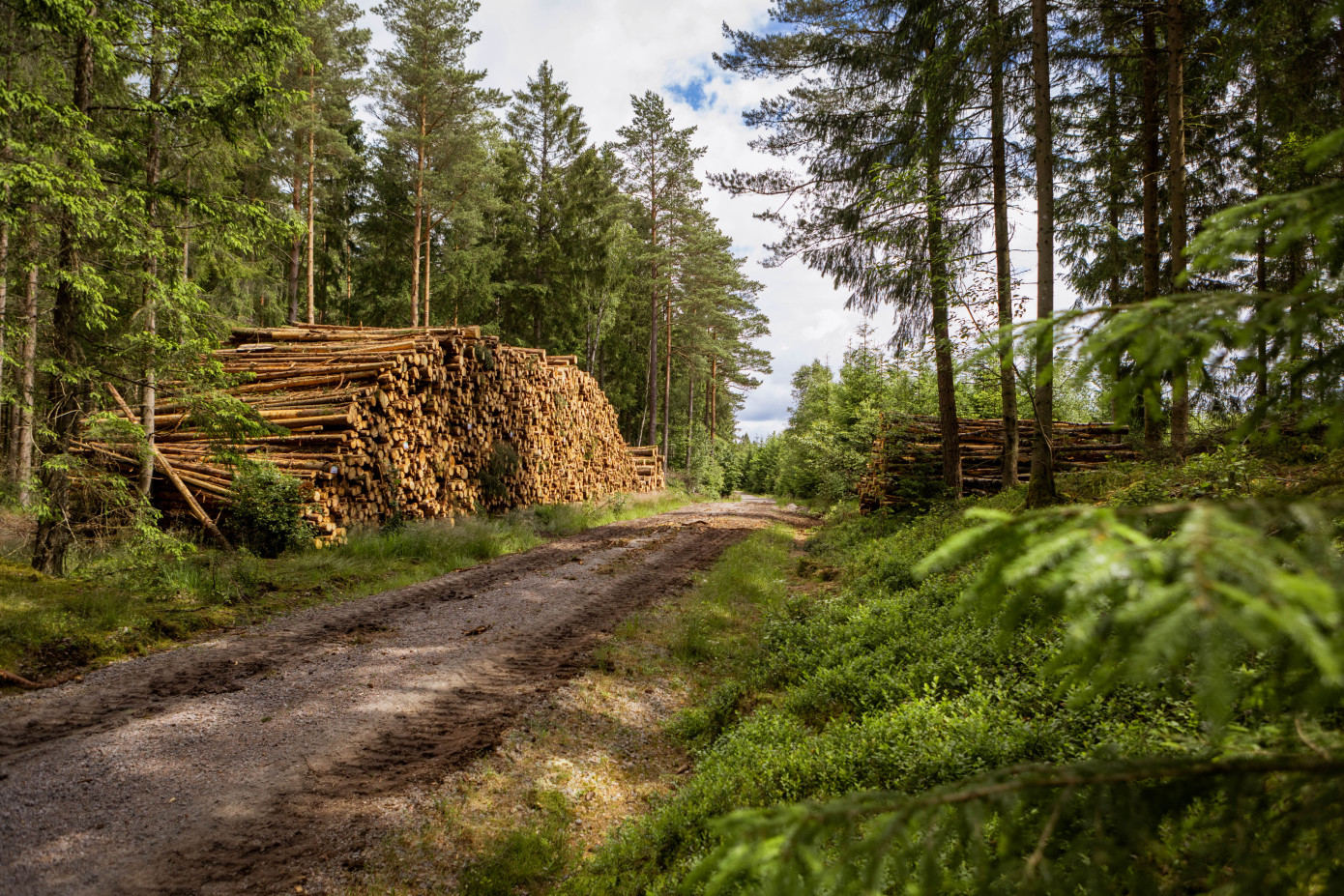Södra posted an operating loss of 360 million SEK for the third quarter of 2025, reversing a 937 million SEK profit from the same period last year. Net sales declined 9% year-on-year to 6,349 million SEK, driven by weaker pulp prices, rising raw material costs, and currency headwinds, according to Södra.
Södra Cell, which accounted for 55% of group revenue, reported an 80 million SEK operating loss. Deliveries fell to 480 thousand tons, 43 thousand lower than last year, with margin pressure from a stronger krona and unfavorable market mix. Södra Wood posted a 103 million SEK loss as higher timber input costs outpaced price gains, despite a 6% rise in net sales to 1,568 million SEK.
Market conditions remained challenging across key segments. European pulp demand was soft, with price pressure from global oversupply, while timber exports to the UK and US were affected by oversupply and weak construction activity. Germany and Central Europe showed modest recovery. In the energy wood segment, lower demand led to September price cuts ranging from 20 to 60 SEK per m³ depending on product category.
In response to sustained margin erosion, Södra accelerated its transformation program, “Södra klivet” (the Södra step), aiming to improve competitiveness and generate savings of at least 1 billion SEK. The program delivered 146 million SEK in Q3 and 341 million SEK year-to-date. Workforce reductions include 200 layoffs and a cut in consultancy services equivalent to 100 roles.
Beyond cost savings, Södra advanced its industrial innovation strategy. The Värö sawmill invested in advanced AI-based scanning to enhance wood optimization and quality control. Separately, Södra’s role in the international ExplAIn research project earned the prestigious ITEA Award of Excellence for Innovation, recognizing its AI solution for forecasting pulp process behavior—boosting stability and product quality.
After the quarter’s close, Södra reached a major agreement to sell its forest holdings in the Baltics to Ingka Investments for 720 million EUR (approximately 8 billion SEK). The transaction, pending regulatory approval, strengthens the group's long-term financial position and will support future investment capacity.
Despite the quarterly loss, Södra’s financial footing remains stable with a 57% equity ratio. Cash flow after investments improved to 444 million SEK, and the group’s liquidity at quarter-end stood at 11.5 billion SEK in cash and short-term assets.
Sustainability remains central to Södra’s strategy. The group is targeting a 50% reduction in greenhouse gas emissions by 2030, aligned with Science Based Targets initiative (SBTi) criteria. Scope 1 and 2 emissions during the quarter totaled 18 thousand tons CO₂e. Södra also advanced its biodiversity efforts, aiming to complete 3,000 hectares of conservation measures annually by 2025, and continues to develop high-growth forestry through genetic seed improvement.
Nine lost-time injuries were recorded in Q3, with a frequency rate (LTAR) of 8. Södra aims to lower this to 6 by year-end and to 2 by 2032 through behavioral safety programs and the rollout of its new lone-worker safety app, Tryggve.
Södra expects subdued demand for pulp and timber to continue into early 2026, driven by slow construction activity and uncertainty around global tariffs. However, it projects long-term demand growth for wood-based materials amid climate policy shifts and rising interest in renewable construction.
